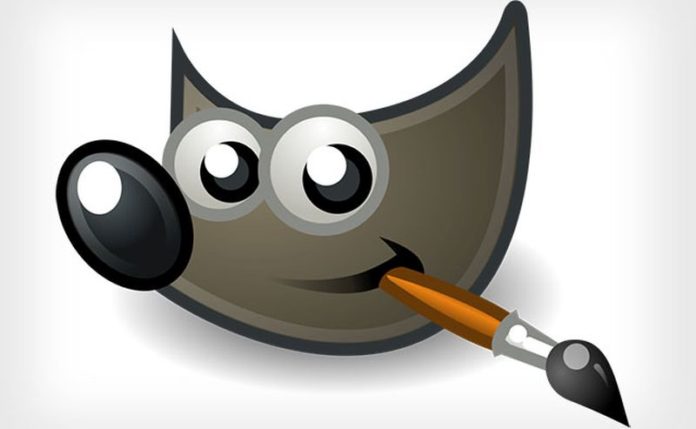
This photo editing tool has been talked about as the smart clone tool on steroids. The two tools are indeed close and similar, but this one helps you remove small failures in images and therefore it is much more precise.
The most widespread and typical usage of the healing tool is the removal of wrinkles in photographs, by which pixels are not just copied from a source. Actually, the area around the desired destination is important and taken into account before the cloning process has been applied.
To properly make use of this tool, choose a brush with the size you need. Ctrl-click on where you want to reproduce, release the Ctrl key and drag the sample. Click again. If the defect is only slightly changed, you can try with additional clicks, but there is a risk of daubing.
Table of Contents
Activation
You can activate this tool in three different ways:
- In the Image-menu, go to Tools — > Paint tools — > Heal.
- Click on the tool icon in the Toolbox menu. It looks like an X made of two yellow plasters.
- Click the H key on the keyboard.
Key Modifiers
CTRL
This key is important, as it is used to select the source. You can use any layer of any image to heal by simply clicking on the image display while holding the Ctrl key pressed, all while the layer is still active.
If the Alignment is “Non-aligned” or “Aligned” in the Tool Options, the point you click will become the origin for your healing process. Image data will then be used when you begin painting with the Heal tool for the first time. In the source selection mode, your cursor will change to a crosshair symbol while working.
Shift
When you have set your source, if you press the Shift key, a thin line will appear that is connecting the previously clicked point with the current location of your pointer. Now, if you happen to click again while still holding the Shift key pressed down, the healing tool will do its magic and heal along this shown line.
Options
Usually, all of the tool options are displayed within the borders of a window that is attached under the Toolbox. This will appear as soon as you activate the tool. If they happen not to show up, you can access them manually from the image menu bar. Just make your way to Windows — > Dockable Windows — > Tool Options. This move will open the options window of the selected tool for you.
Other options are shared between many different Paint Tools, and they include Mode, Opacity, Brush, Size, Aspect Ratio, Angle, Spacing, Hardness, Dynamics, Dynamics Options, Force, Apply Jitter, Smooth Stroke, and Lock brush to view. Descriptions on these various tools require more words, as a lot can be done with each of them.
A hard edge is an option that will give you a hard contour on your desired healed area.
Sample merged is an option which if enabled, will mean that the healing is not only calculated just from the values of the active layer. It will be calculated from all of the visible layers.
Remember that the Healing tool is not the same as the Cloning tool
Although these two useful photo editing tools have a lot of common features, they give you quite different results in the end.
With the Cloning tool, all of the colors are transferred. With the Healing tools, however, colors are not transferred as much, especially those located on the borders. This is because the surrounding pixels of the destination re also taken into the equation.





